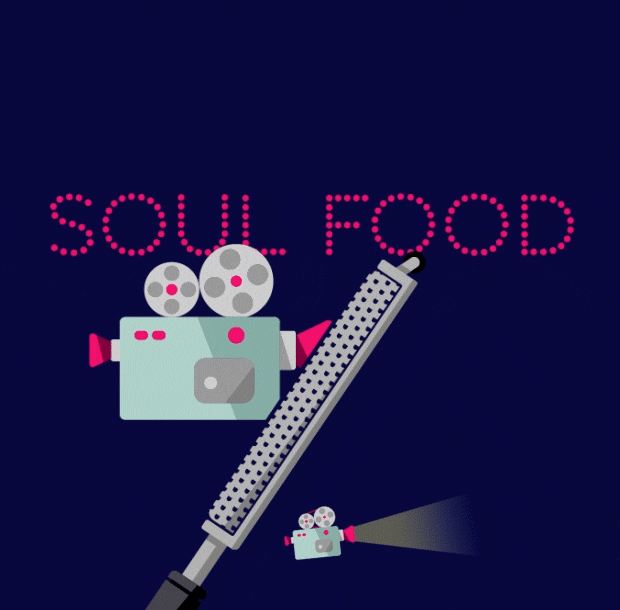
A lot of advertising doesn’t work because it fails a basic test.
The test of imagining you’re the desired audience and asking ‘why do I care?’
Brands can get so preoccupied with what they think is important, they lose sight of what people really care about – and crucially why they care about it.
So brands sometimes say what they want to say, but not what people need to hear to change behaviour.

GDPR offers more opportunities than obstacles.
The opportunity to reach a smaller, but more actively engaged audience.
The opportunity to critically assess the usefulness of the data we’re gathering on customers, and how it impacts comms and experiences.
The opportunity to make getting to know your customers an engaging and rewarding experience for them as well as you.

Blumhouse Productions consistently dominates the box office in ROI terms. Odds are you’ve not heard of the studio, but I bet you’d recognise some of their movies; Get Out, Whiplash and Paranormal Activity.
The secret of their success: lots of little bets.
Instead of investing in a single, big-budget film they produce a handful of movies, each for a smaller budget, and the audience pick the hits.
The cinematic equivalent of a test and learn approach.
And they’re making a killing.

Advertising has one goal: lodge your brand in people’s heads so that, come decision time, yours is front and centre.
There are two main tactics here:
- Beat them into submission. Use massive media spend to force your brand into people’s heads (cough Trivago cough)
- Strike a chord. Invest in creating an idea that makes an emotional connection, gets discussed, and organically places your brand in people’s heads.
We know which approach we’d rather take.

The trouble with frictionless is that, by its very nature, you don’t notice it.
It means the only time people will notice something frictionless is when it goes wrong. Think about our relationship with broadband – it’s in the background until it doesn’t work.
And if you only notice something when it doesn’t work, how are you building a positive experience?

The world of marketing was ruined by a 10-pack of Wrigley’s Juicy Fruit gum at 8:01 a.m. on June 26, 1974. The first barcode to ever be scanned.
After that stock-checks didn’t take weeks, or even days, but hours. Sales promotions could go from monthly reports to hourly.
And our addiction to short-termism, to ‘smash and grab’ results, began. But at what cost? Certainly more than a pack of gum.

The internal light in a BMW takes six seconds to fade out when you shut the door. Why six seconds? Because that’s the same time it takes the lights at the cinema and theatre to dim before a show. It builds anticipation.
It’s not just ‘an email’ or ‘social post’ in the same way it’s not just the interior light – every touchpoint is an essential component of the brand that deserves care and attention.

It was interesting to read that Mercedes messed-up in China this week. They quoted the Dalai Lama on their Instagram account. Though Instagram is banned officially in China, it’s read widely nevertheless. Hence the apology.
The troublesome quote? “Look at situations from all angles and you will become more open.” In the context of China, it’s inflammatory. In the context of developing marketing strategy, it’s sage advice.

A quick look at your inbox shows that many brands email just because they can. Relevance doesn’t seem to matter. How many of those emails talk to you?
We all know that not everyone behaves in the same way. Yet few brands seem to ask and answer the question “how is this communication I’m sending relevant to that person?”. It used to be prohibitive to customise at a one-to-one level. Today it’s a necessity.

Daniel Kahneman, the Noble Prize winning economist, shows in his book ‘Thinking, Fast and Slow’ that 80% of our decision making is instinctive, subconscious. That’s also the way brands work; they are those subconscious rules of thumb that help us cut through the clutter of choice.
It follows then that the closer you keep your brand to the point of purchase, the greater sales success you will have. The trick is to recognise that not everyone chooses in the same way and to flex your brand accordingly. Only then can a brand say truly that it stays close to its customers.